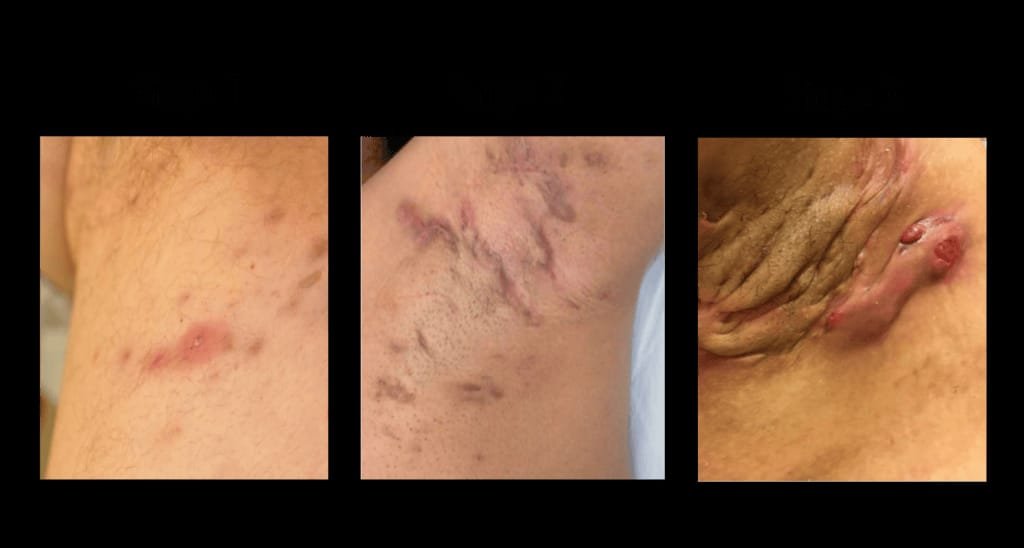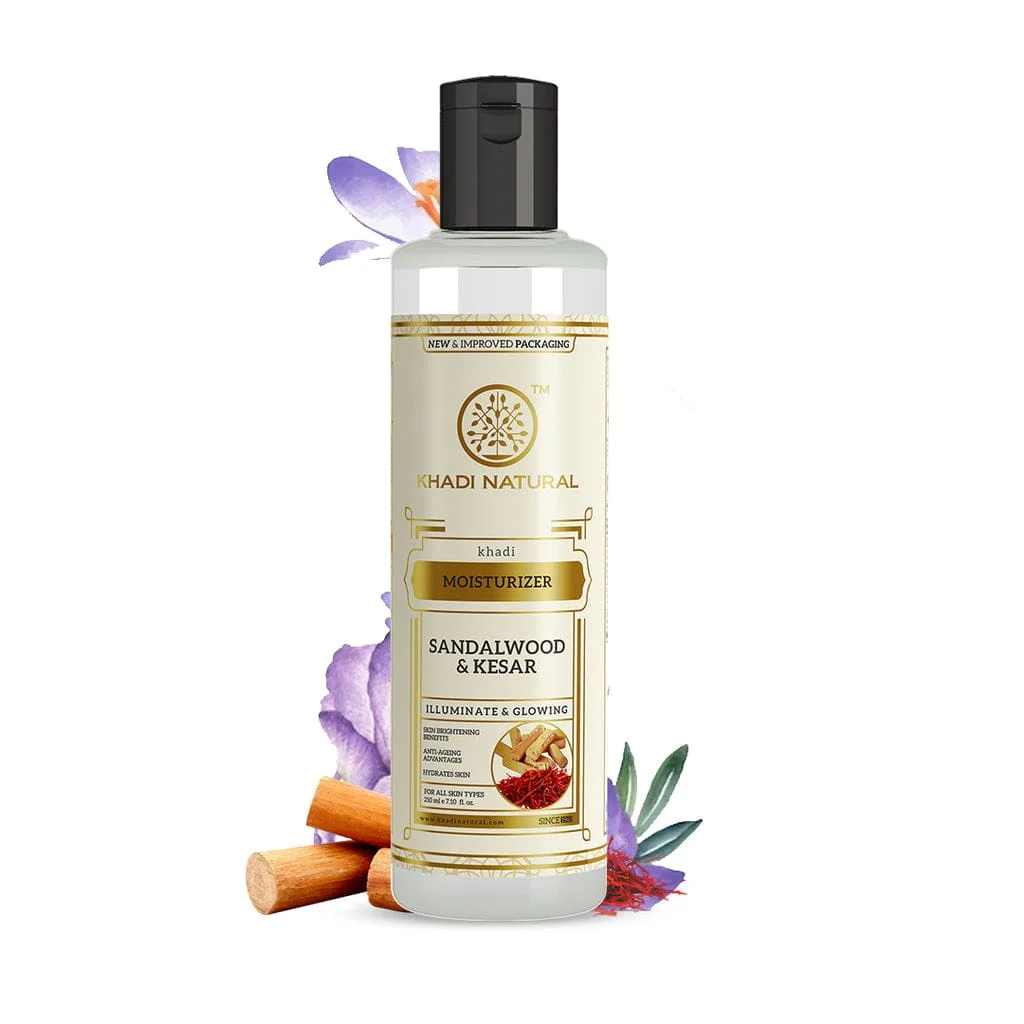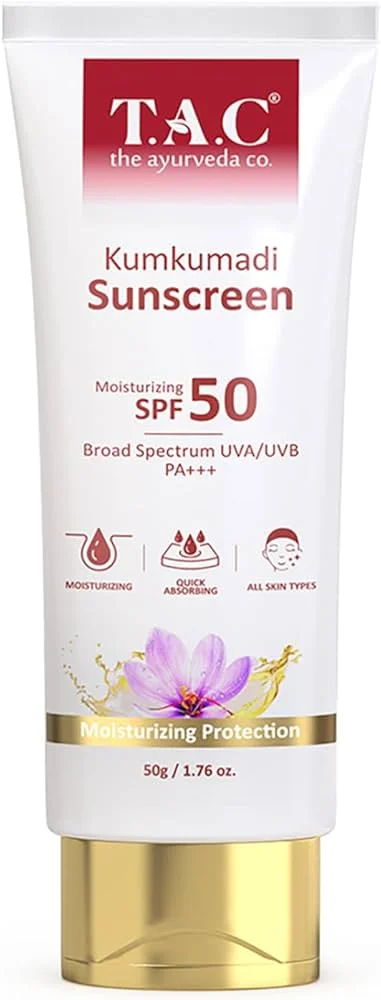
Hidradenitis Suppurativa (HS) is a chronic inflammatory skin condition marked by painful lumps, boil-like nodules, and abscesses in sweat-prone areas like armpits, groin, and buttocks. Modern medicine treats it with antibiotics, biologics, and surgeries—but Ayurveda offers a time-tested, root-cause approach. Ancient scriptures like Ashtanga Hridayam and Charaka Samhita classify HS-like conditions under Dushta Vrana (chronic infected wounds) and Vidradhi (deep abscesses).
Ayurvedic Perspective on HS (Dushta Vrana & Vidradhi)
According to Charaka Samhita, HS-like conditions result from Kapha and Pitta imbalance that blocks Srotas (body channels), leading to pus formation, inflammation, and tissue damage. The Ashtanga Hridayam (Chikitsa Sthana) describes Vidradhi as an internal or external abscess formed due to vitiated Rakta and Mamsa Dhatu (blood and muscle tissue).
The pathology involves:
- Accumulated Ama (toxins)
- Weak digestion (Mandagni)
- Tissue degeneration due to imbalanced doshas
Modern Insights + Ayurvedic Parallel
Modern studies identify HS as an immune-mediated condition with follicular occlusion and bacterial infection. Research supports anti-inflammatory, antioxidant, and detox strategies—core to Ayurvedic practice.
🧪 Clinical Review of Immune Dysregulation in HS – NCBI
Ayurvedic Treatments for HS
1. Shodhana (Detoxification):
- Virechana (therapeutic purgation): clears Pitta and toxins from the liver and gut.
- Raktamokshana (bloodletting): useful in severe abscesses and chronic inflammatory states.
- Basti (medicated enemas): balances Vata, clears blockages, and improves immunity.
2. Shamana (Herbal & Topical Remedies):
- Haridra (Turmeric): Anti-inflammatory and wound-healing.
- Guggul: Clears abscesses and heals sinus tracts.
- Neem (Azadirachta indica): Antibacterial and blood purifier.
- Manjistha (Rubia cordifolia): Reduces pigmentation and post-lesion marks.
Affiliate Recommendations:
- A TATA Product – Organic India Neem Blood Purifier
- Ayurvedix Manjistha Powder for Men & Women
- Reith Face Wash with Purifying Neem & Turmeric Exfoliate
- Cura Ayurveda Shuddha Guggulu Ayurvedic Tablets
3. Lepa & Oils:
- Jatyadi Taila: Healing of infected, ruptured skin.
- Triphala paste: Reduces swelling and pain.
- Nalpamaradi Tailam: Prevents scarring and pigmentation.
Ayurvedic Diet and Lifestyle for HS
- Avoid fried, fermented, spicy, and non-vegetarian foods.
- Include bitter vegetables (neem, karela), detox teas, and warm water.
- Regular yoga and pranayama to regulate hormones and detox channels.
Most Googled Questions on Hidradenitis Suppurativa & Ayurveda
- Can Ayurveda permanently cure HS? Ayurveda can effectively manage and reduce recurrence by treating root causes: doshic imbalance and toxin buildup.
- Which Ayurvedic herbs are best for HS? Neem, Manjistha, Turmeric, and Guggul.
- Can diet alone help with HS in Ayurveda? Diet is a critical pillar—Pitta and Kapha pacifying foods speed up healing.
- What lifestyle changes help in Ayurveda for HS? Early sleep, stress reduction, daily oil massage (Abhyanga), and maintaining hygiene.
- Is Panchakarma useful in HS? Yes. Virechana and Basti are highly recommended to detox and rejuvenate tissues.
- Can I use Ayurvedic creams for nodules? Yes, herbal oils like Jatyadi Taila can be directly applied to painful lesions.
- How long does Ayurvedic treatment take for HS? 8–16 weeks depending on chronicity and immune state.
- Are there side effects of Ayurvedic treatment for HS? Minimal if prescribed by an expert. Detox may cause initial discomfort.
- Can Ayurveda reduce scarring in HS? Yes. Manjistha, Nalpamaradi, and Kumkumadi Taila help reduce hyperpigmentation.
- Can Ayurveda be combined with modern medicine for HS? Absolutely. It improves immunity and manages flares with fewer side effects.
HS is painful—but Ayurveda offers a path to healing. Combining ancient principles from Charaka and Hridayam with real-time, science-supported herbs, your skin can find relief, balance, and resilience.


